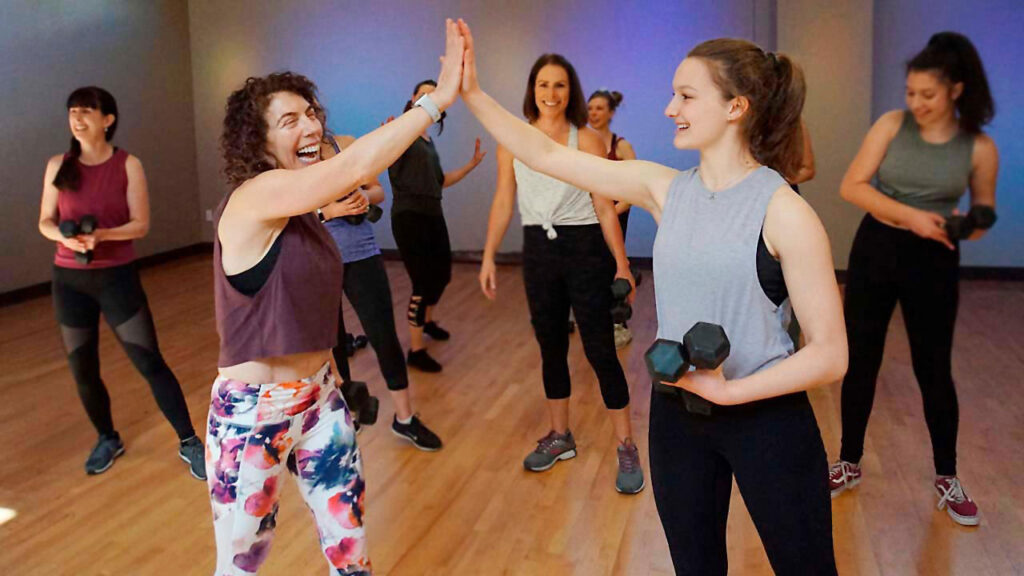I’ve mentioned more than once that exercise can be easier when you do it as part of a group. Fitness communities can be an important part of health, but what exactly is a fitness community? How do you build one, and how do you make it last?
In the broadest sense, a fitness community is any group of people exercising together. It could just be you and a workout buddy. It’s not all about being together in person, either. It may mean virtual classes or even visiting an online message board where you can share advice and encouragement with people doing the same thing around the world.
Then there are the more traditional ideas of a community, like the people who train at the same gym or attend sessions with the same teacher. All the various fitness communities have their benefits, but each comes with a different atmosphere. Some of you are going to be much more comfortable with online and virtual communication than you are trying to engage with others in the physical world.
These alternative forms of fitness community mean that everyone, regardless of their personal circumstances and attitude, should have the opportunity to connect with others on their exercise journey. The benefits of this are numerous and well-documented. Improved self-esteem, higher motivation, increased accountability, a broader knowledge base and just having someone to pick you up when you falter are all part of a long list of possible advantages.
Of course, saying it’s helpful to join a fitness community isn’t the same as being able to find one, let alone establish one for yourself. It can take time and effort, plus a few false starts, to find the people and community that make you feel comfortable. You need a place where you can feel safe, and where you know your fellow community members will lift you up. If you’re the one starting the community, you need to be the one who actively makes your space feel welcoming to as many people as possible, without arrogance or bigotry.
Fitness communities share common goals, even if they approach them in different ways. Using those similarities as a basis for forming relationships while also being willing to embrace differences and support each other in areas of weakness can result in improved physical and mental outcomes and lead to happier, healthier members.




